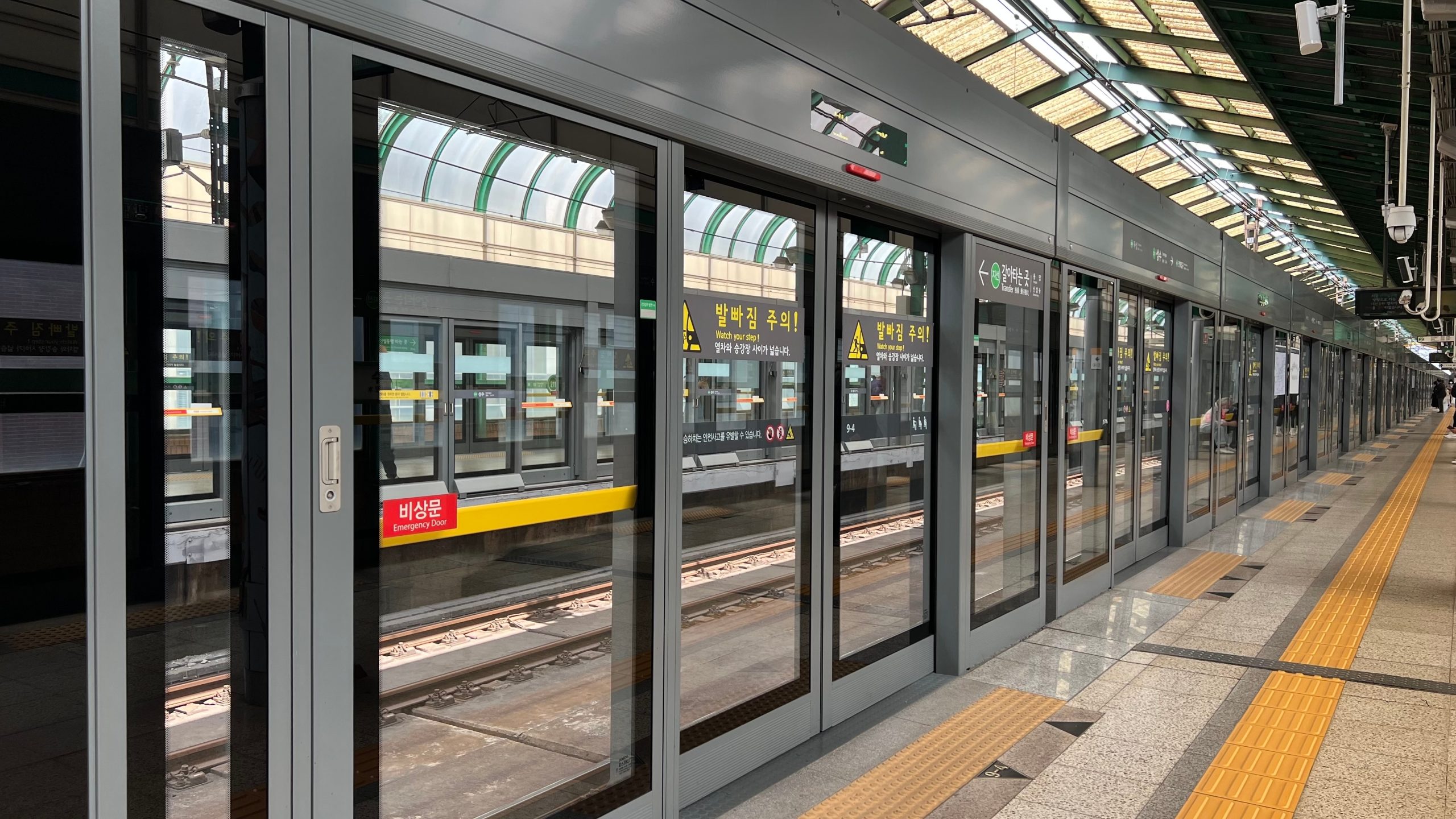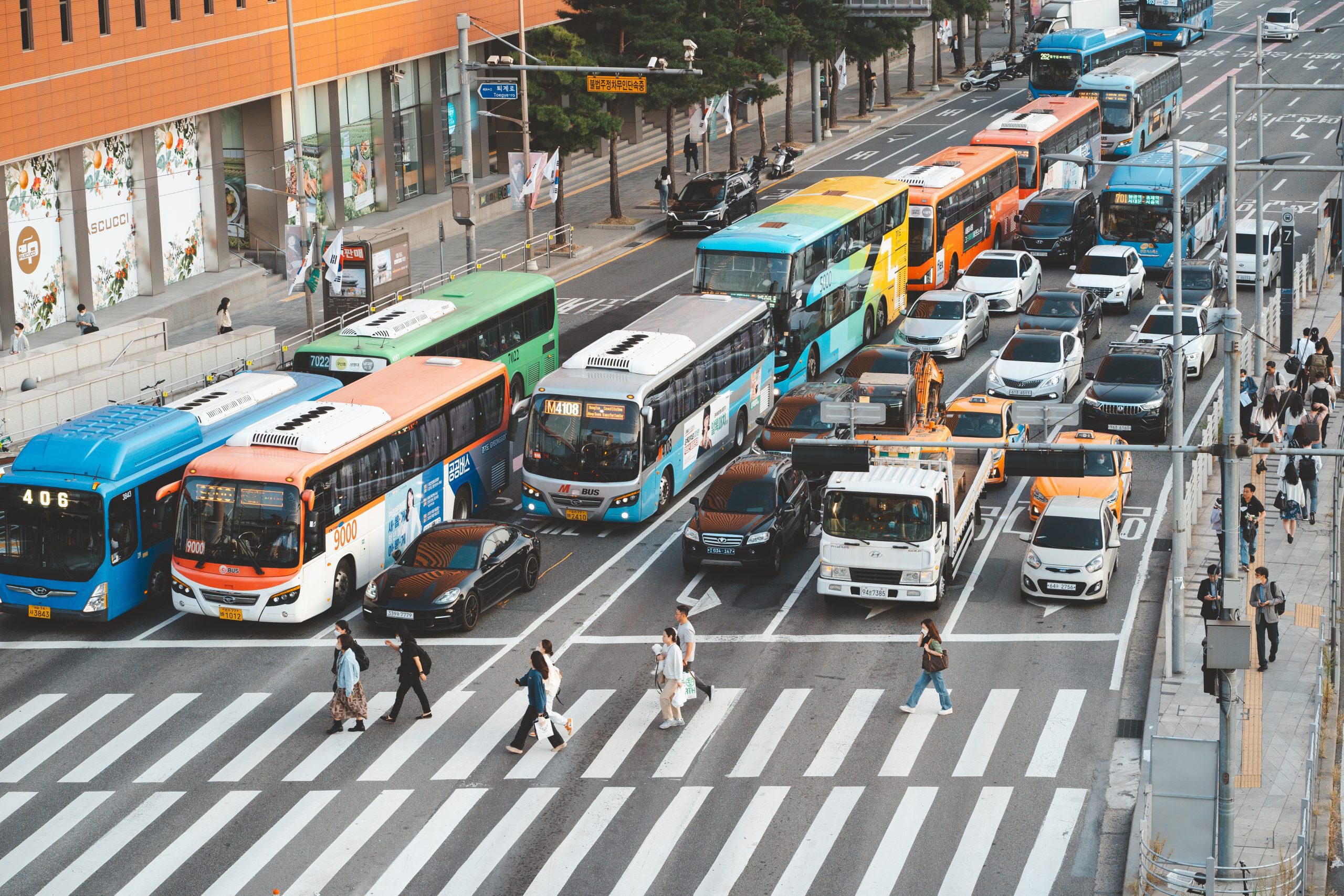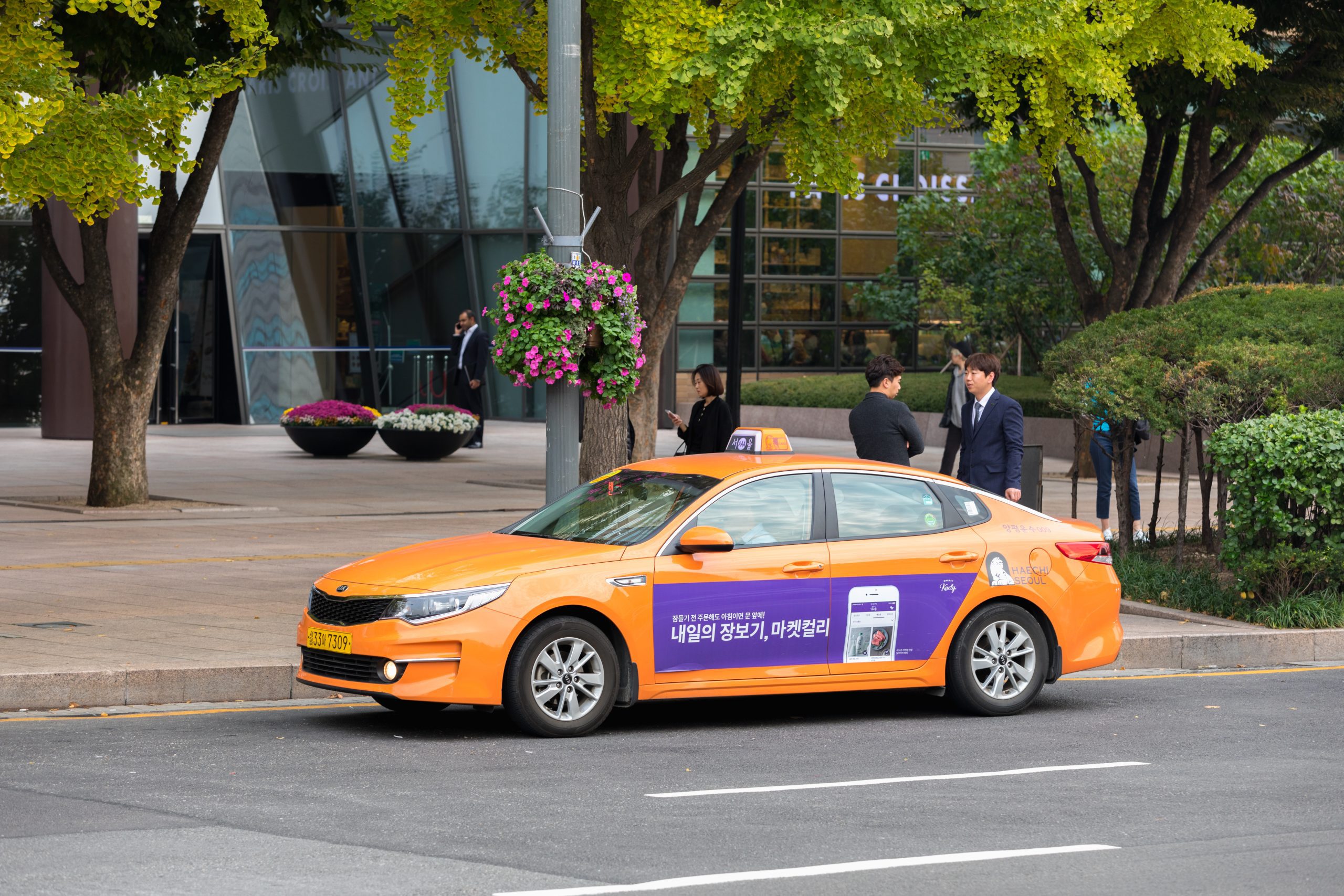Seoul Tips
How to move around the city
Seoul boasts a world-class public transportation system, making it easy for visitors to navigate the city’s vibrant neighbourhoods, historical sites, and modern districts. Here’s a guide to getting around Seoul with ease during WCN 2025.
Seoul’s Metro system is fast and extensive, covering all major areas with 23 lines. Stations are well-marked in English, and T-money cards allow easy, discounted access to the metro, buses, and taxis.
Seoul’s buses are color-coded: Blue for long routes, green for local areas, yellow for downtown loops, and red for express services. Buses accept T-money cards and have English announcements for easy navigation.
Taxis are safe and affordable, with silver or orange for standard and black for deluxe. While most drivers speak limited English, the Kakao T app offers booking and translation features for convenience.
KTX high-speed trains connect Seoul to cities like Busan, while AREX links Incheon Airport to Seoul Station in 45 minutes, with Express and All-Stop options.
Seoul’s “Ddareungi” bike-sharing program is perfect for exploring parks and riverside paths. Download the app to locate and rent bikes for a scenic, eco-friendly option.
Seoul, the vibrant capital of South Korea, is an exceptional city for runners, offering a unique fusion of modern development and natural beauty. With stunning parks, miles of scenic riverside paths, and dynamic city streets, there is a perfect route for every fitness level – from the casual jogger to the seasoned marathoner. Learn more.


